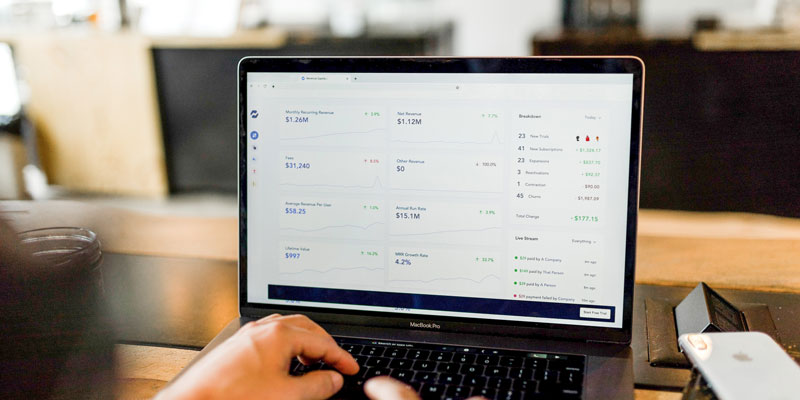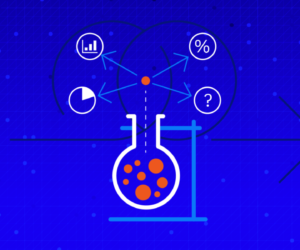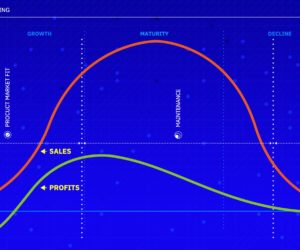You know how you make money. But do you know what makes your business grow?
The Growth Equation is at the heart of the Growth Sprint process.
What is this equation? What does it have to do with your success?
Let’s find out.

A simple formula for your growth
The growth equation is what factors unite to make your business or product grow.
As Sean Ellis, co-author of the book Hacking Growth writes:
The fundamental growth equation “is a simple formula that represents all of the key factors that will combine to drive your growth; in other words, your core set of growth levers. This equation is different for every product or business.“
In a growth sprint process, the growth equation works hand in hand with the North Star. To define both, you need to rely on data on customer behavior and your product’s performance.
“The purpose of the growth equation is to allow you to see what’s essential to your growth, explains Jeff Mignon, Pentalog’s Chief of Growth. Most businesses and startups have so much data it’s easy to get lost. When you have defined your North Star and figured out your growth equation, you can stay clear of dead-ends. You can pick the right data and metrics. And you will be able to use the right levers to power sustainable growth.”
Identifying your growth levers
“Identifying your growth equation and the key metrics to improve, along with establishing the proper instrumentation, data collection, and reporting that includes customer feedback, to discover and monitor your core growth levers, is an essential and powerful first step for successful growth hacking.” (Sean Ellis, Hacking Growth)
To see what key factors are truly impacting your growth, our team at Pentalog uses a three-step approach:
Step 1 We start by analyzing the funnel you’re using to generate the primary transaction. We try to understand how you make people do what you want them to do.
Step 2 Then, we simplify the sales funnel to identify the “a-ha moment.” Jeff Mignon explains: “That’s the magic moment when a sparkle will light a bulb in the customer’s mind, and he or she will say: This is great! I want this! I need this!”
Step 3 Finally, we look at the core value the product provides to the customer.
With these three elements, we can identify the main levers that will generate growth for your product or business.
That’s how the formula takes shape:
if you do x at y point in time, you’ll grow z, which is in line with your North Star.
Choosing the right metrics
Sean Ellis illustrates the concept with Facebook as an example:
“The way to determine your essential metrics is to identify the actions that correlate most directly to users experiencing the core value of your product, such as, for Facebook, how many people users invite to join their friend circle, how frequently they visit the site, how many posts and comments they make, and how much time they spend on the site. You want to track, at a minimum, the metrics for each of the steps users must take to reach the aha moment and how often they are taking those steps.”
If this seems simple enough, you need to remember this warning from Sean Ellis: “Doing this can be tricky. Sometimes metrics that would intuitively seem to be crucial levers for you, including some of those that become the “it” metric for a period of time, such as daily active users, can, in fact, have very little impact on real sustained growth.”
“When you follow our three-step approach, you can avoid the trap that Sean Ellis warns us about, says Jeff Mignon. When you analyze the funnel, find the ‘magic moment,’ and stay focused on the core values the product provides the customer, you can move forward based on a reliable growth equation.”
What metrics you should you use to find your growth equation? We can help.








